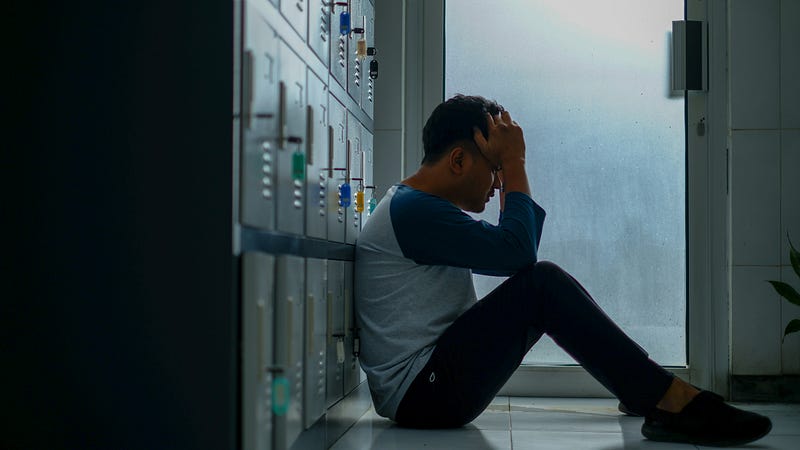Understanding How Stress Leaves a Mark on Our Bodies
Written on
Chapter 1: The Lasting Impact of Stress
Stress is more than just a mental challenge; it creates lasting effects on our physical state.

Photo by Yosi Prihantoro on Unsplash
Often, we downplay the severity of experiences that disturb us, telling ourselves, "Oh, that wasn’t so bad." However, recent studies into stress memory reveal how deeply our bodies retain memories of distressing events, often more than we realize.
Have you ever felt a sense of unease triggered by a familiar object or scent? This phenomenon illustrates how stress memory influences our perceptions.
Experiences that evoke strong emotions tend to leave a more profound mark on our memories compared to those that do not. For instance, when subjected to physical violence, individuals may develop an acute sensitivity to situations reminiscent of that traumatic event, which can include people, environments, and even seemingly trivial details like colors or scents.
This form of memory serves as a protective mechanism, allowing us to navigate away from potentially harmful situations. But what exactly constitutes this 'stress memory'?
A recent scientific investigation (Bierbrauer et al., 2021) explored this inquiry. The research involved healthy participants who were subjected to a high-stress scenario: they faced challenging questions from a critical committee during a simulated job interview. Some items, such as pens, remained unused (referred to as peripheral items), while others, like a coffee cup, were actively utilized by the committee members (termed central items). A control group faced the same committee and objects but were asked benign questions in a friendly atmosphere.
Afterward, those who underwent the stressful interview remembered the central objects and individuals significantly better than the control group. Interestingly, both groups recalled peripheral objects equally well. It was also discovered that the amygdala—a brain region associated with emotional memory—activated similarly for the faces of the critical committee members as it did for the central items. Notably, the activation patterns for the central items grew more alike following the interview.
The stronger the similarity in activation patterns among the central items, the more effectively participants recalled the stressful event. These findings indicate that our brains capture the entirety of emotionally charged situations, encompassing not only the individuals involved but also the objects present.
The research team refers to this as a stressor-centered memory representation, or a "stress-focused memory pathway." Such pathways could explain why, as described earlier, the mere sight of a specific coffee cup may evoke discomfort, even if the original interview is a distant memory.
This mechanism can extend to people, environments, colors, or scents. While it helps guard against past negative experiences, it can also be counterproductive—such as feeling anxious merely at the thought of an upcoming job interview, potentially hindering us from applying for promising opportunities.
Reflecting on and understanding our physical responses and their triggers can be beneficial. By doing so, we can modify outdated memory pathways that no longer resonate with our current lives and become more open to new challenges.
The first video, "The Body Remembers: The Psychophysiology of Stress" by Babette Rothschild, delves into how our bodies retain memories of stress and trauma, emphasizing the psychological and physiological connections.
The second video, "The Body Remembers," explores how emotional experiences shape our physical responses, providing insight into the importance of understanding our stress memories.
Source:
Bierbrauer, A., Fellner, M. C., Heinen, R., Wolf, O. T., & Axmacher, N. (2021). The memory trace of a stressful episode. Current Biology, 31, 5204–13.